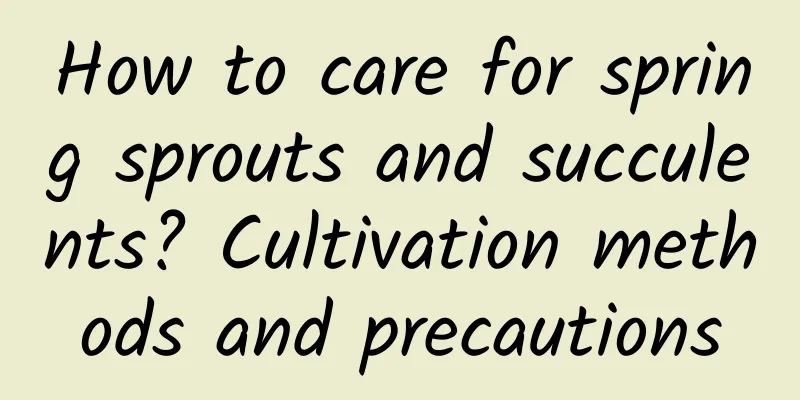The efficacy and function of Millettia reticulata, pictures of Millettia reticulata

1. EfficacyMillettia reticulata is a leguminous plant that mainly grows in valley woods. Its vine stems can be used as medicine to dispel wind and promote blood circulation, as well as to relax muscles and tendons. It has therapeutic effects on low back and knee pain, numbness, paralysis and irregular menstruation. In addition, its extract is nourishing to the blood circulatory system, and has anti-tumor, anti-viral and antioxidant effects. 2. Combination of drugs1. Paired with Motherwort: Motherwort is a medicine for gynecological diseases, while Millettia reticulata has the ability to promote blood circulation. The combination of the two can promote blood circulation, remove blood stasis, regulate menstruation and relieve pain. 2. Combined with Atractylodes lancea: Atractylodes lancea has the effect of drying dampness and clearing turbidity. When used with Millettia reticulata, it can play the role of regulating qi, clearing dampness, and removing filth and turbidity. 3. Combined with Eucommia ulmoides: Eucommia ulmoides has the ability to nourish the liver and kidneys, and has a good therapeutic effect on the symptoms of lumbar muscle pain. Combined with Millettia reticulata, it can nourish the kidneys and strengthen bones, and can also relieve menstruation and pain. 4. Combined with Angelica sinensis: Angelica sinensis is a common medicine with many functions. Using it together with Millettia reticulata can nourish the blood and promote blood circulation. 3. Main diseases1. Menstrual disorders, dysmenorrhea, and amenorrhea: Millettia reticulata combined with Angelica sinensis has the effect of promoting blood circulation. Together with Chuanxiong and Cyperus rotundus, it can treat menstrual disorders caused by blood stasis. If combined with cooked rehmannia and white peony root, it can treat menstrual disorders caused by blood deficiency. 2. Rheumatic pain and numbness of limbs: Millettia reticulata can be combined with some anti-rheumatic drugs, such as Angelica dahurica, Clematis chinensis, and Viscum album, to treat such diseases. 3. Numbness of hands and feet, paralysis of limbs caused by stroke: Millettia reticulata combined with blood-activating and collateral-activating drugs, such as astragalus, salvia miltiorrhiza and earthworm, has a therapeutic effect on such diseases. 4. Numbness of limbs and chlorosis due to blood deficiency: Treatment can be carried out by combining Millettia reticulata with drugs that invigorate qi and replenish blood, such as astragalus and angelica. |
<<: What is the meaning of the lucky tree?
>>: There are several types of blood vine, pictures of chicken blood vine
Recommend
Cut flowers like this in spring, and they will be full of flowers in 2 months
1. Camellia Cut off the dense branches ▼As shown ...
What are the cultivation methods and precautions of Michelia
Michelia introduction Michelia is a plant of the ...
How to propagate Gelsemium elegans
Basic form and characteristics It belongs to the ...
Method of hydroponic onion cultivation
1. Selection and processing Before hydroponics, y...
Hydrangea cultivation methods and precautions
1. Soil Hydrangea is suitable for fertile, well-d...
The efficacy and function of Chinese milk vetch
Ecological Value Astragalus membranaceus is an im...
How to breed firecracker bamboo (firecracker bamboo)
Cutting propagation method of firecracker bamboo ...
Phalaenopsis orchid language
1. Overall flower language There are many varieti...
When is the best time to sow seeds in a tank? Sowing time and method
Cylinder bean planting time Cylinder beans are an...
How often should I water the gardenia?
How often should I water the gardenia? During the...
How to grow the red flower jade so that it will bloom out of the pot?
Among the many varieties of cacti , the red flowe...
Three Don'ts When Placing a Fortune Tree in Feng Shui
1. Don’t put it in the aisle The Feng Shui meanin...
What to do if Milan leaves dry up
1. Watering causes 1. Reasons Sometimes, too much...
High-yield planting technology of edamame
Edamame is actually young soybeans . It is named ...
How to grow Agapanthus
1. Soil During breeding, the soil should have goo...









